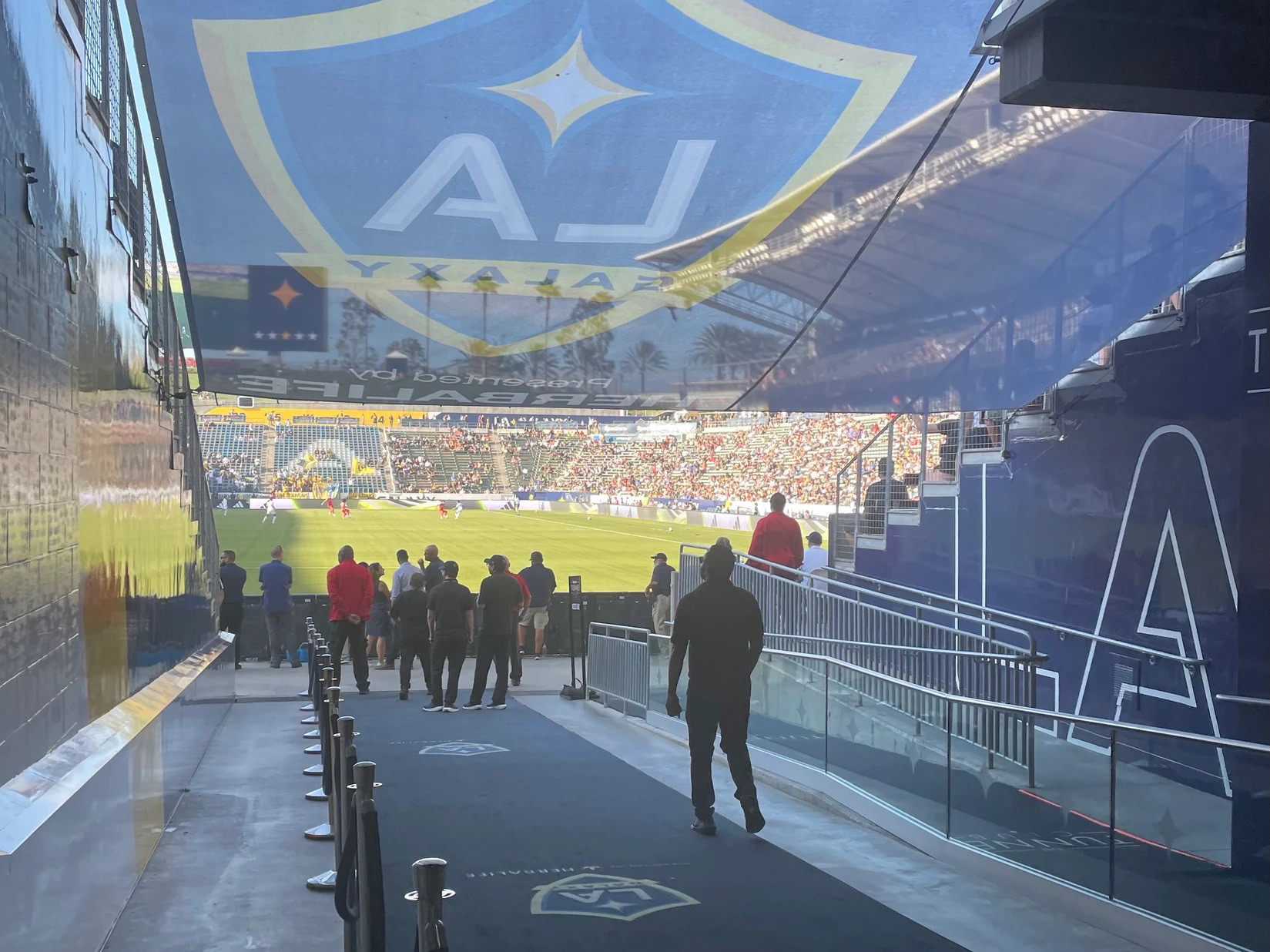The holiday season brings not only festive cheer but also highly anticipated NBA Christmas games. Beyond the thrill of the game itself, these matchups are strategic dance involving team decisions, player choices, coaching tactics, fan engagement, and a keen understanding of sports economics. In the blog post, we delve into the multifaceted world of NBA Christmas games, exploring the intricacies of team strategy, player decisions, coaching tactics, and the broader impact on the sports industry.
Team Strategy
NBA teams approach Christmas games with a blend of caution and ambition, navigating the delicate balance between resting key players and going all-in for a pivotal win. The importance assigned to these games within the context of the regular season influences the strategic choices teams make. A win on Christmas Day not only adds to the season’s record but can also uplift morale and fan excitement, impacting future attendance and merchandise sales.
Player Decisions
Individual players face unique decisions during Christmas games, where the spotlight shines brighter. Star players may opt to shoulder more responsibility in terms of scoring or playmaking, recognizing the elevated viewership and the opportunity to make a lasting impact on a high-profile stage. These decisions not only contribute to the game’s entertainment value but also hold implications for the economics of sports, affecting player endorsements and overall marketability.
Coaching Tactics
Coaches play a pivotal role in shaping the narrative of Christmas games through their tactical decisions. Adjusting rotations, emphasizing specific matchups, and deploying particular plays are not merely strategies to secure a win but also mechanisms to send messages to opponents and fans. The economics of sports intertwine with coaching decisions, influencing team reputations, and potentially affecting future ticket sales and sponsorships.
Fan Engagement
From a marketing perspective, NBA teams carefully consider the fan engagement aspect of Christmas games. A victory during the holiday season can create a snowball effect, boosting team morale, fan excitement, and potentially influencing future attendance and merchandising sales. Understanding the economics of sports involves recognizing the symbiotic relationship between on-court success and off-court revenue.
Broadcasting and Viewership
Strategically planning matchups for Christmas Day is a meticulous process for the NBA and its team. The considerations go beyond team popularity and player stardom; factors such as potential storylines and game competitiveness play a crucial role. This strategic planning is not only geared towards winning the immediate game but also maximizing viewership, contributing to the league’s broadcasting revenue and reinforcing the economics of sports.
In conclusion, NBA Christmas games are not just about the love of the game; they are a complex interplay of team strategy, player decisions, coaching tactics, and economic considerations. As fans eagerly anticipate the holiday matchups, the behind-the-scenes game reflects the intricate dance between on-court prowess and the broader economic landscape of the sports industry.
For more insights and in-depth analysis on the economic impact of Lionel Messi's move to Inter Miami and other fascinating topics in the realm of sports economics, visit The Economist Mind. Dive into a world of detailed articles and expert opinions that explore the intricate relationship between sports and economics, offering a deeper understanding of the forces shaping the sports industry today.









